Pajeongjip (파전집)
2.5Km 2021-04-13
27, Donhwamun-ro 11-gil, Jongno-gu, Seoul
+82-2-742-6763
A great store to visit on a rainy day. This Korean dishes restaurant is located in Jongno-gu, Seoul. The representative menu is assorted savory pancakes.
Dugahun (두가헌)
2.5Km 2020-05-07
14, Samcheong-ro, Jongno-gu, Seoul
+82-2-3210-2100
The wine restaurant, dugahun, is located in the backyard of Gallery Hyundai on Samcheong-dong Road. As the name Dugahun, translated ‘a very beautiful house’, implies, the restaurant is characterized by its exquisite, antique architecture that dates back to the 1910s. Combining fine Western dining and a wide selection of wines with a beautiful hanok interior, dugahun provides visitors with a unique dining experience. For an added element of culture, visit Gallery dugahun (the adjacent Russian-style brick building) and take a look at the array of domestic and international artwork on display.
Jirisan Restaurant (지리산)
2.5Km 2019-08-01
30, Insadong 14-gil, Jongno-gu, Seoul
+82-2-723-4696
Jirisan is one of the representative Korean restaurants in Insa-dong, an area known for its traditional culture. One of the trademarks of this restaurant, besides its amazingly delectable bean and tofu dishes, is a wooden sign that welcome guests into a neat and cozy interior.
Each day, fresh beans are ground at the restaurant to prepare dishes such as soybean paste, soft tofu, and bean-curd tofu stew. Bean-curds are prepared by using seawater, which gives the tofu a unique flavor. The fresh and clean taste of the tofu is one of the many reasons that choosey tofu aficionados flock to the restaurant.
Not just limited to tofu, Jirisan presents customers with a full-range of side dishes such as kimchi, japchae (glass noodles with sautéed vegetables), cucumber kimchi, seasoned seaweed, braised lotus roots, roasted yellow corbinas (a type of fish), leafy greens, bean-curd stew, and more. The restaurant gives visitors a chance to experience a hearty traditional Korean-style meal, but has thoughtfully toned down its seasonings to appeal to a wider audience (particularly those not used to spicy foods).
One of the recommended menu items is the Jirisan set meal, which offers diners the chance to sample foods that are popular in the Jirisan region. Adventurous diners may want to try the sea urchin soup or dried Pollack soup.
The restaurant, originally a traditional Korean house, has been modified over the years to better suit the needs of its customers. The walls surrounding the structure were removed and a glass ceiling was installed to allow guests to enjoy the natural light of the sun as they sample some of the area’s best traditional Korean cuisine.
STREET CHURROS Itaewon(스트릿츄러스 이태원)
2.5Km 2020-11-27
222 Noksapyeong-daero Yongsan-gu Seoul
+82-2-792-1489
This is a restaurant where you can eat fried churros immediately after ordering. This cafe is located in Yongsan-gu, Seoul. The representative menu is churro.
PANE PASTA - Jongno Branch (빠네파스타 종로)
2.5Km 2021-03-19
11, Jahamun-ro, 7-gil, Jongno-gu, Seoul
+82-2-777-6556
A specialty restaurant serving pizza and pasta dishes baked in an authentic Italian wood-fired oven. The representative menu is margherita pizza. This Western cuisine is located near Gyeongbokgung (Government Complex-Seoul) Station, Seoul.
Hall de l’histoire de la prison de Seodaemun (서대문형무소역사관)
2.5Km 2022-12-15
251, Tongil-ro, Seodaemun-gu, Seoul
+82-2-360-8590
※ Fermeture temporaire en raison du Covid-19 (à partir du 7 février)
Le hall de l’histoire de la prison de Seodaemun est un musée particulier situé au parc de l’Indépendance de Seodemun. Il a été construit à la fin du royaume de Joseon (~1910), et fut le principal instrument d’oppression utilisé par les Japonais où de nombreux patriotes coréens du mouvement indépendent furent torturés et éxécutés.
Il est muni d’une prison au sous-sol, où Yu Gwan-Sun périt après le mouvement du 1er mars, de tour-vigies, d’une salle de torture, d’une salle d’éxécution, de 7 cellules de prison, d’un hall d’exposition historique etc.
Le 1er étage est « un lieu d’honneur », où vous pouvez découvrir la prison de Seodaemun grâce à un système de graphiques. Un grand écran montre l’histoire de sa construction et les périodes transitoires de son évolution. Il y a des expositions spéciales et la salle commune qui exposent des faits sur l’Histoire de Corée.
Le deuxième étage traite de « l'Histoire » et vous pouvez voir différentes salles d’exposition concernant « la résistance nationale », « l’histoire de la prison » et « la vie en prison ». Vous pourrez remarquer que les Coréens n’ont jamais perdu leur esprit national ou leur opiniâtreté à retrouver leur liberté, malgré ce chapitre particulièremenet noir de leur Histoire. La « salle expérimentale » est la plus effroyable et terrifiante de la prison. Dans les salles de « détention provisoire » ou de « torture » vous verrez avec frayeur des scènes réalistes de torture reconstituées.
Dans le Parc de l’Indépendance de Seodaemun se trouvent, le vestige historique N˚ 32 (Dongnimmun), N˚ 33 (Yeongeunmunjucho), le hall de l’Indépendance, le monument des martyrs, et le monument de la déclaration de l’Indépendance du 1er mars.
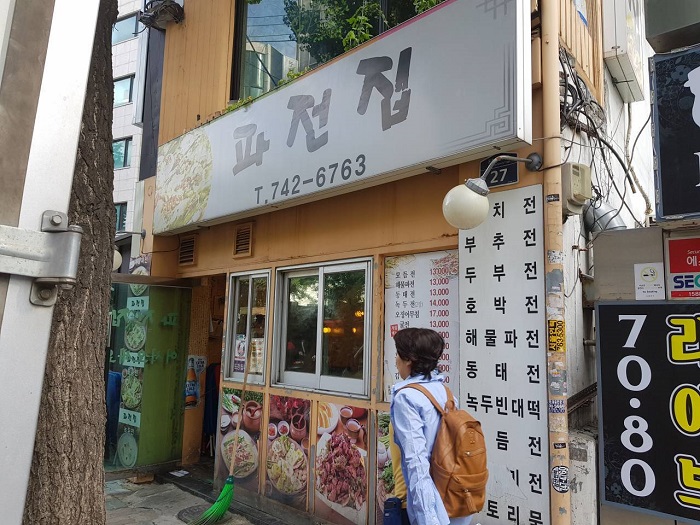
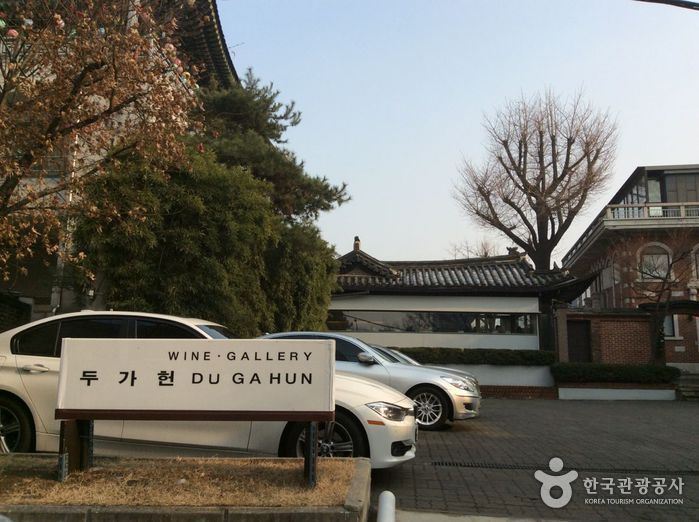
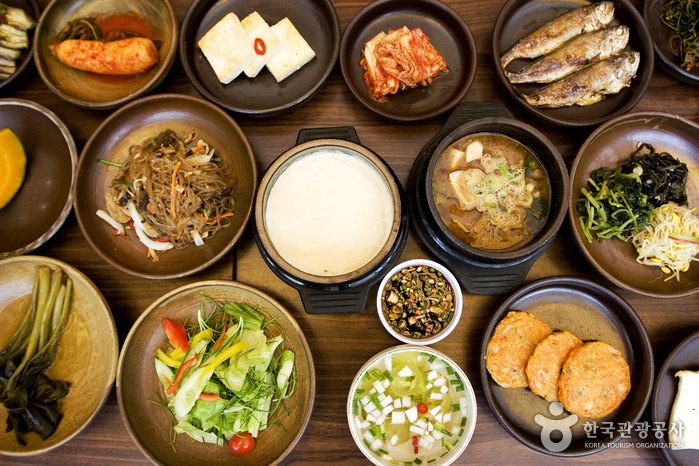
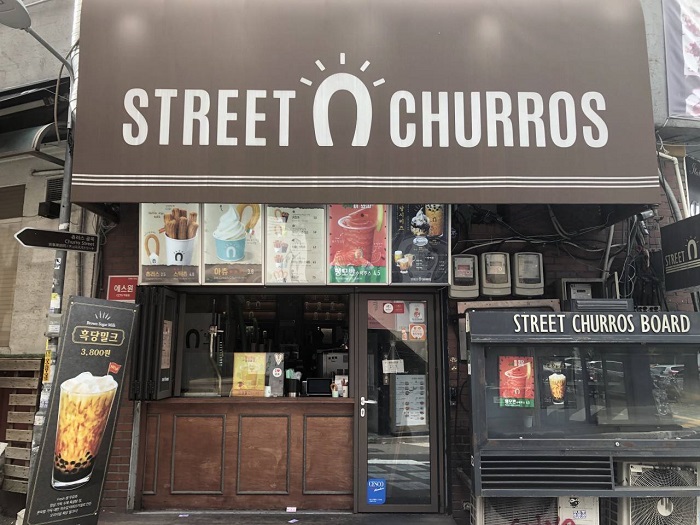
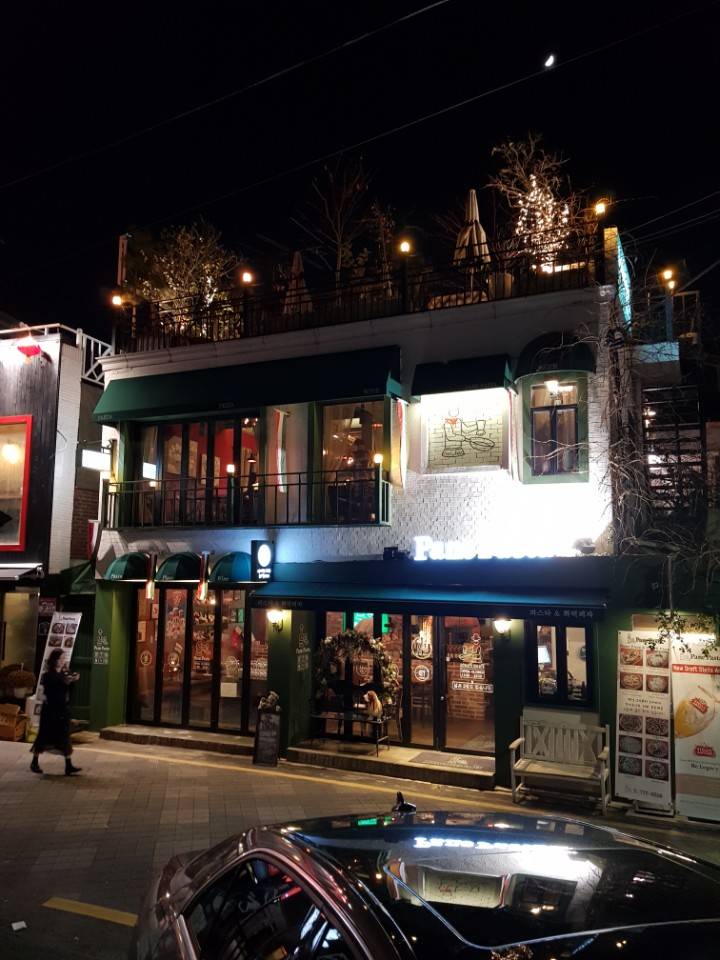

 Français
Français
 한국어
한국어 English
English 日本語
日本語 中文(简体)
中文(简体) Deutsch
Deutsch Español
Español Русский
Русский